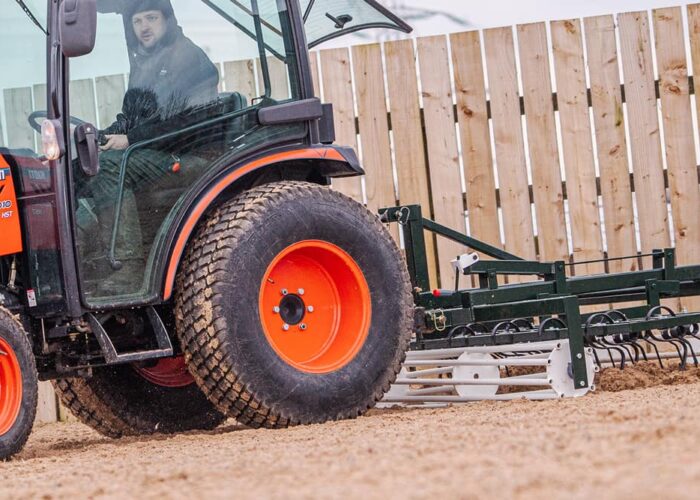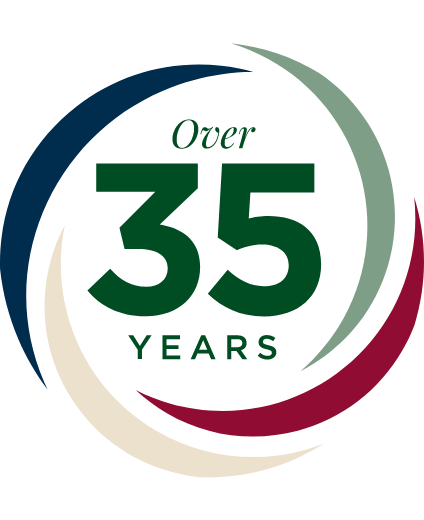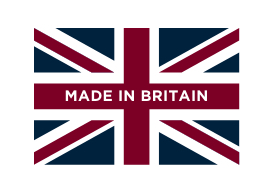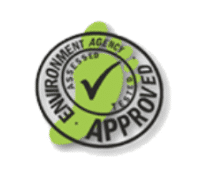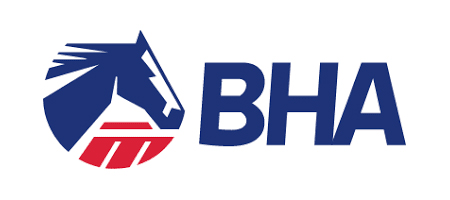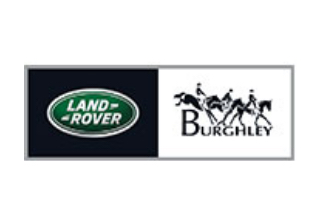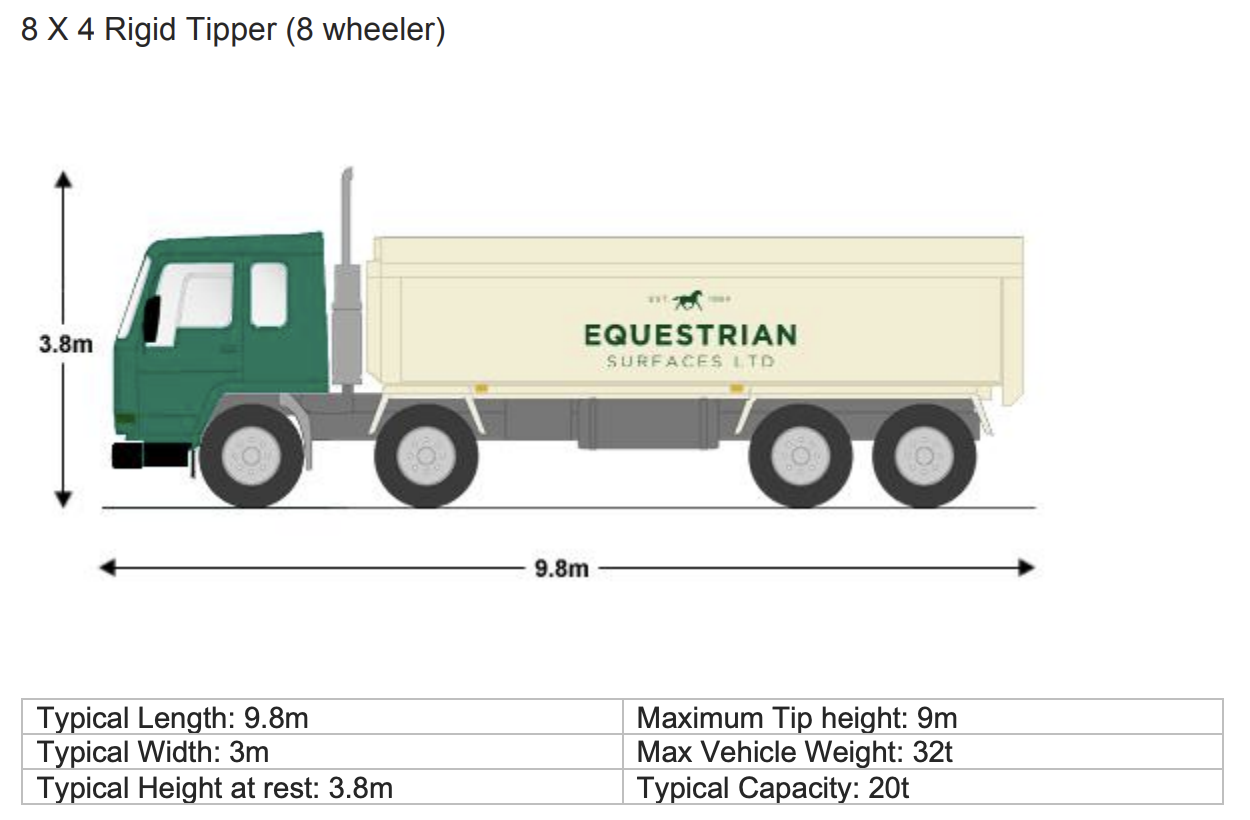News & events
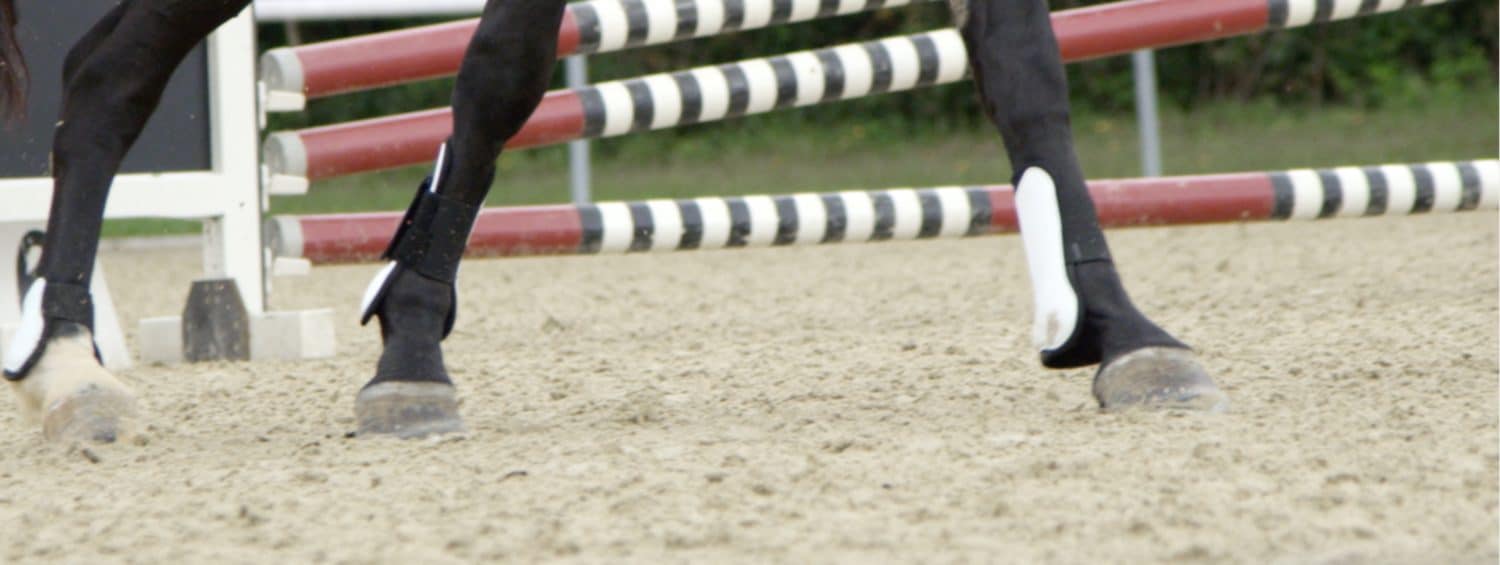
12.09
2019
How arena surfaces affect your horse’s performance
The arena surface you choose to ride on can impact not only the health of your horse, but also its performance. Different surfaces are better suited to different disciplines, so before you make the decision on which surface you’d like your horse to be working on, it’s important to understand the ways in which a surface can affect your horse.
Footfall patterns
In order to find out which is the best surface for your discipline and practices, you should consider the phases of footfall your horse will move through. Below we have highlighted the three key phases that occur when riding.
Landing
In the landing phase, the hoof comes to a stop as it makes contact with the ground, sliding forwards slightly into the surface as it does so. This movement and redistribution of weight causes compression between bones and joints in the leg. The impact of the landing itself causes shock waves to travel up the leg, and these waves of shock need to be evenly distributed in order to avoid a hard and harmful landing.
Loading
When in the loading phase, the whole hoof makes contact with the ground and is forced to carry the full weight of both the horse and the rider. A shock-absorbing effect is created by the fetlock, flexor tendons and suspensory, whilst an increased pressure accumulates under the frog, stimulating blood circulation through the hoof. The weight endured in the loading phase will fluctuate depending on the movements being carried out, such as when galloping or landing from a jump.
Rollover/Push-Off
During the rollover/push-off phase, the heel rotates off the ground, rolling over the toe to push into the next stride.
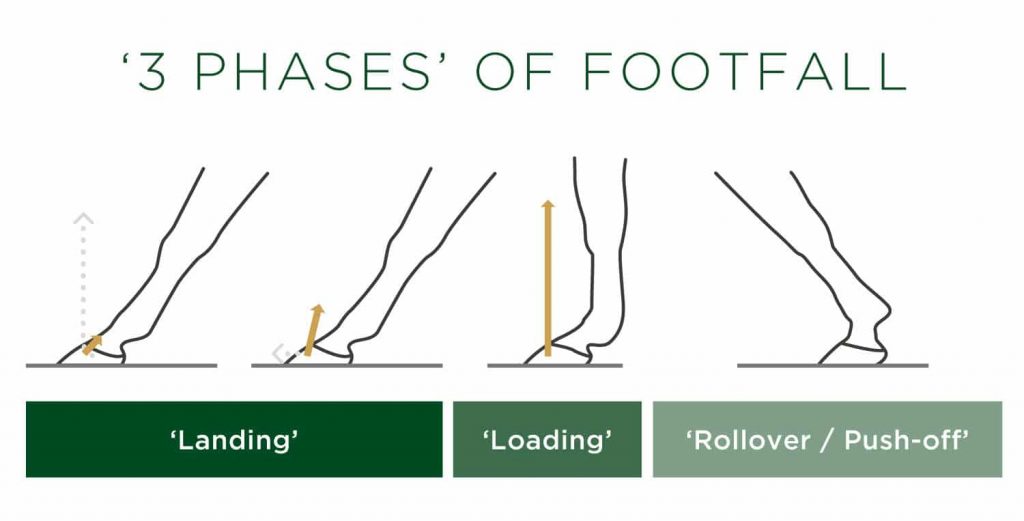
Surfaces
The ideal surface will provide the perfect amount of support, allowing for efficient movement through the footfall phases. The surface should be shock-absorbent, minimizing concussion during landing, providing support during loading and returning energy back to the horse in preparation for the push-off.
The best equestrian surface will provide the perfect combination of firmness, cushioning, cupping, rebound and grip.
Firmness
The firmness of the surface will affect the level of support it provides and the absorbance of shock through the leg during the landing phase. To find a surface with the ideal firmness, it needs to be one which is firm enough to provide support with minimal concussion, yet soft enough to aid in absorbing shock.
Cushioning
The cushioning factor should be determined by the level at which the surface can dampen the shock experienced by the horse as it comes into contact with the ground and moves into the loading phase. Ideally, the surface should provide enough resistance to allow for good balance, distributing shock down through the arena surface whilst returning some energy back to the horse and allowing for enough movement to move efficiently into the push-off phase.
Cupping
During the loading phase, the hoof capsule expands. An increased pressure then accumulates under the frog, helping to supply blood to the structures in the hoof capsule. The hoof then contracts as the weight is released, encouraging blood to pump up the leg and through the body. The ideal surface should cup into the sole and collateral grooves of the frog to provide resistance, weight support and to aid with distributing and returning the force.
Rebound
The rebound quality of a surface relates to its ability to return to its original form after impact, as well as its ability to return some of the energy from the impact back to the horse.
The ideal surface is one that is active and springy, returning energy at the same rate as it was applied and aiding the horse in gaining momentum without having to overwork.
Grip
The grip of a surface is determined by its tightness; how compact the surface is. The grip element of a surface aids in absorbing shock during the landing phase, as well as providing support and traction in turns and on push-off.
When landing, the surface needs to be loose enough to allow the hoof to slide and the ground to absorb the impact, yet compact enough to provide stability for the horse, without being so hard to cause concussion or provide a landing which is harsh on the bones and joints.
How Cushion Track Premier Impacts Your Horse
Our Cushion Track Premier is made from a unique blend washed silica sand and environmentally-approved synthetic fibres. With a higher wax content than any of our other surfaces, it provides the perfect levels of firmness, cushioning, cupping, rebound and grip in order to keep your horse healthy and performing at its best.
Cushion Track Premier has been installed in various venues across the UK, including Arena UK, Addington Manor, Chard Equestrian, Ingliston Equestrian and Vale View Equestrian. Ideal for showjumping and racing, it is also the surface used for the annual Scope Festival.
Charlie Mann, Racehorse Trainer at Lambourn, reviewed our Cushion Track Premier:
“Since installing Cushion Track Premier in 2006, the surface has become widely known as the best surface in Lambourn. Younger horses can work for longer without soreness, and we are able to use it 365 days of the year.”
How Sound Track Impacts Your Horse
After three years of research alongside gait analysis expert, Russel Guire, from Centaur Biomechanics, Sound Track is our most recently-developed surface.
Sound Track’s elite provision of comfort, shock absorbance, support and energy return has led to the surface becoming renowned for promoting soundness in horses. Firmly endorsed by Kingswood Equestrian, Moody Dressage, Simon Constable Vets, Hughes Dressage and Astrid Bolton Sport Horses, our Sound Track surface helps to prevent lower-limb injuries and has been designed with the welfare of your horse in mind.
How Economy Track Impacts Your Horse
A dry, all-weather surface, our Economy Track consists of environmentally-approved stabilising fibres blended with a multi-washed silica sand and boasts all the advantages of a pre-mixed surface supplied at an economical price.
The unique blend of materials used for the Economy Track ensures it is suitable for use in all weather conditions and is particularly favourable in areas with dry weather as the surface has an excellent capacity for water retention, meaning there is less irrigation than with some other dry surfaces.
Taking the time to understand more about what you require from your equestrian surface is essential. Our team of experts is always available to provide you with all the information and support you might need. Get in touch today to discuss the various surfaces we offer.
